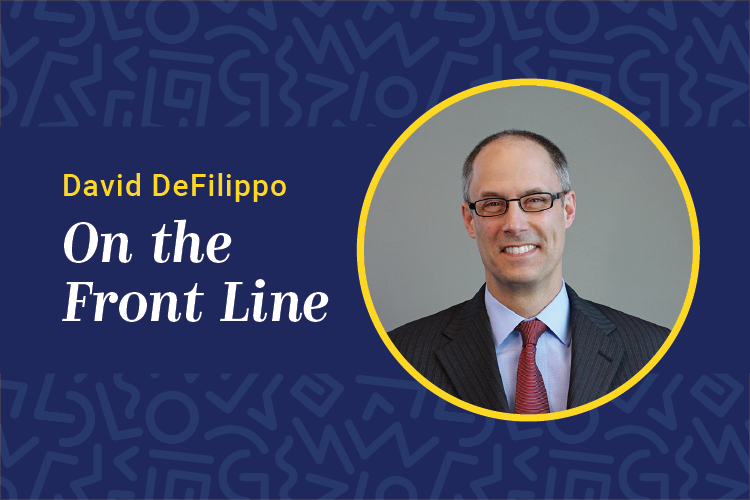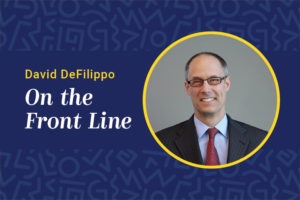
Establishing a governance structure and process for the learning and talent development function is a key part of one’s strategy.
by David DeFilippo
July 22, 2020
 I remember getting the call a few weeks after our firm had its quarterly earnings report. “We need to find $100 million in this year’s operating budget and the learning and talent function has to chip in.” As I was having this conversation it was clear that the word “find” was a euphemism for “cut” and that this ask was really a requirement that myself and my executive peers were being challenged to figure out.
I remember getting the call a few weeks after our firm had its quarterly earnings report. “We need to find $100 million in this year’s operating budget and the learning and talent function has to chip in.” As I was having this conversation it was clear that the word “find” was a euphemism for “cut” and that this ask was really a requirement that myself and my executive peers were being challenged to figure out.
This situation is not new for learning and talent practitioners given the typical business cycle ups and downs that include corporate earnings pressure, mergers and acquisition synergies and senior leadership changes that can affect one’s work. Further, even with a well-organized and business-focused learning and talent development annual plan, the reality of having to adjust that strategy during the course of the operating year is one that we all must anticipate. As such, the manner by which practitioners can make these adjustments is critical to continuing the work that is most relevant to the organization.
Similar to the oversight that boards of directors provide public, private and nonprofit firms, establishing a governance structure and process for the learning and talent development function is a key part of one’s strategy. They can be made up of a representative group of stakeholders that may include functional areas, internal clients and external advisers.
There are three primary reasons to include this management structure in your learning and talent development plans.
Prioritization. First, one of the primary functions a learning council can serve is to act as a complementary group to human resources to assist with the annual planning process. This role may include validating the strategic direction, giving feedback to refine plans and serving as communication champions to the rest of the organization. In my $100 million situation, I assembled our governance group to assess our plan by asking a few questions: What is mission critical? What can we slow or scale down? What can we put on hold? These three questions guided our decision-making process so we could respond with a revised plan, one that had strong rationale behind each change and was supported by a representative group of senior leaders. As a result, we were able to effectively communicate and implement this revised plan with credibility and confidence that it was the best decision for business at that time.
Structure. The second purpose of learning and talent governance has to do with the structure and model employed by organizations. With the three typical structures being made up of decentralized, centralized and federated (according to Bersin by Deloitte, 2015), governance is relevant to all three. With a decentralized structure, a minimum level of oversight can focus on big ticket purchases such as human capital management systems. With a centralized organization, this governance can be utilized as part of the annual planning process for input, feedback and course corrections as described with my $100 million example. And, when operating in a federated structure, explicit rules of the road can be put in place around what is to be centrally managed and what is left to the local markets or lines of business. The key difference from decentralized in this case is that these guidelines are overt and agreed by all stakeholders. In all cases, designing and implementing a governance process should be tailored to both your organizational structure and specific requirements.
Social. Next, regardless of your learning and talent model and goals, these types of collaborative forums create an opportunity to be social, whereby groups of people who may not regularly work together can do so toward a collective aim. As practitioners we design and develop social learning for our clients, so we can consider this group work our own version of that method to address and solve organizational issues. And, by establishing and taking part in a learning council, practitioners can learn from each other and create an “esprit de corps” among learning and talent teams that creates a unified sense of purpose.
Regardless of the organization’s operating model and structure, employing a form of governance that brings people together to develop organizational solutions will advance your learning and talent agenda.



